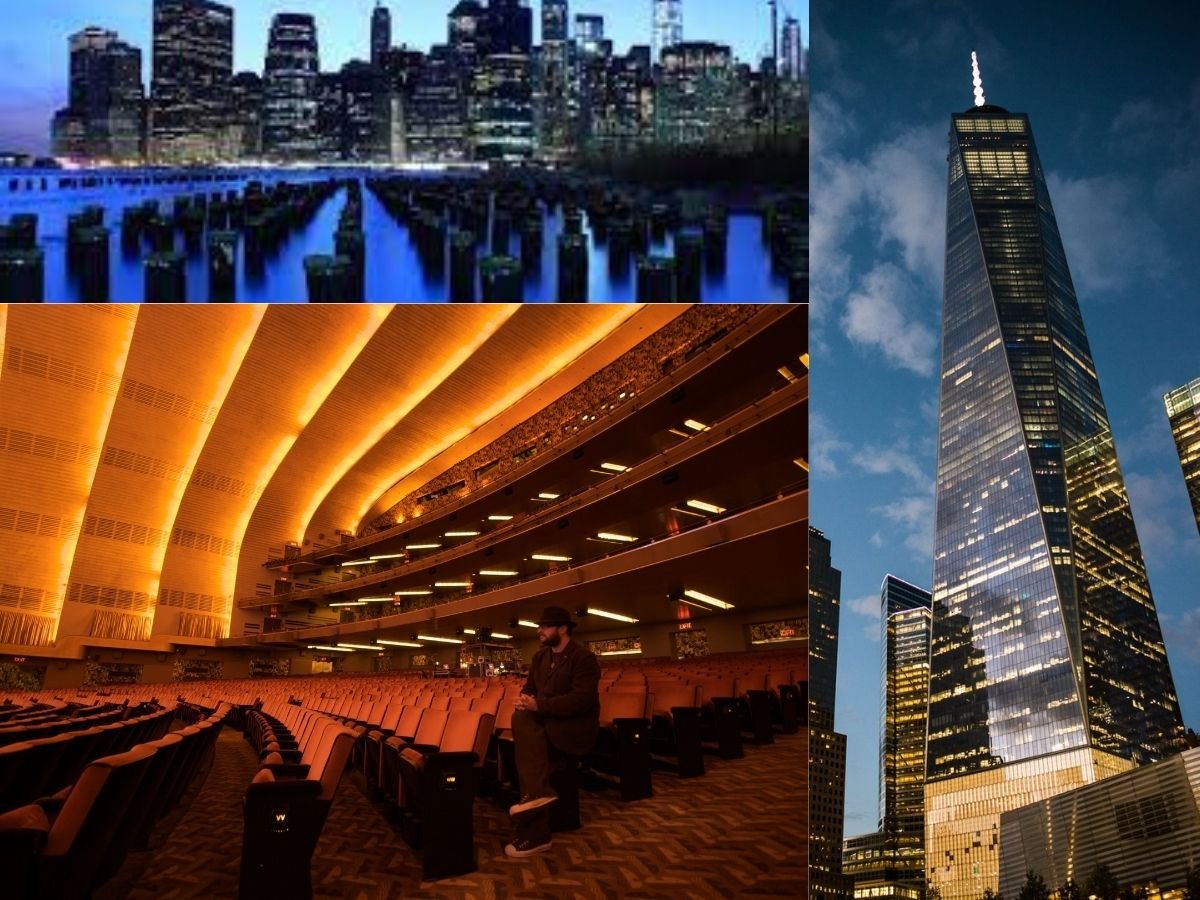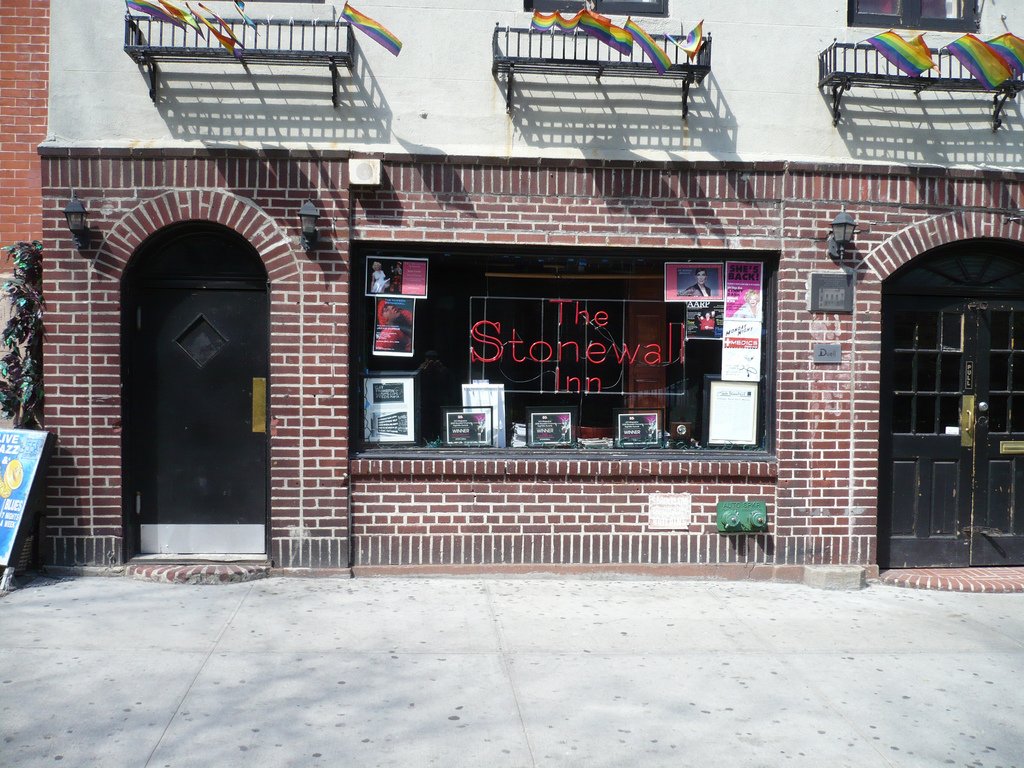Fashion spreads far beyond the realm of clothing and trends. It is currently one of the biggest industries, but it is, unfortunately, also one of the industries that yield the greatest amount of pollution. Livia Firth, eco-fashion activist and Creative Director of Eco-Age, calls people to “think about the planet and people in the supply chain—including millions of unseen young people who spend their lives sewing stuff for our closets in countries such as Bangladesh, Myanmar, and Vietnam. It’s my dream to connect you all.” Thus, Firth identifies the ability of the average customer to understand where their clothing comes from as essential for the toxic system to be improved.
Firth additionally advocates the importance of “fashion activism.” This term is defined as being an active citizen and working to stimulate change so that the faults in the system can be fixed. If the majority of the population continues to assume the role of passive consumers, the system will not change as the companies will continually make a profit without being confronted on their moral wrongdoings.
A major example of a fashion activist would be the Iranian social activist and blogger Hoda Katebi, who runs JooJooAzad.com. Katebi refuses to stay quiet in the face of this injustice and, going against the commonplace in the fashion world, does not cease to call to mind and question the abuses at the very core of the ever-growing “fast fashion” industry.
“Yes, I am making a noise. I am taking up space,” says Katebi. Firth encourages this sort of thought and reveals that her reaction to Katebi is “Make more noise! Take up more space!”
Diversity in participants and perspectives has become the backbone of modern fashion activism, like in other forms of activism. Firth underlines the importance of such in her statement that: “If ever there were an industry that loves to keep people in a box, it’s fashion.”
More of these fashion activists include model Cameron Russell, who consistently protests climate change, and model @Joyjah, who attempts to combine ethical fashion with marine biology.
Firth refers back to the way the fashion industry was in the 1980s and 1990s, where she “wouldn’t have thought this breadth and range of activism possible.” This was the era when many of the top brands of today were just getting started and making their fortunes, which was facilitated by the introduction of fast fashion—enabling them to make and sell a greater quantity of clothing in a shorter span of time.
The important questions, however, were ignored in the process, according to Firth. She continues on to declared that “We failed to ask questions such as ‘Who pays the true cost of a $4 dress?’” This lamentable system has, directly and indirectly, resulted in the deaths of more than one thousand garment workers, most of whom were young ladies, with the fall of the Rana Plaza complex.
The 2013 tragedy, which occurred in Bangladesh, still did not shake the fashion industry to the core, and failed to evoke a strong response of the public; most people still did not question the dark origins of their fast fashion goods.
However, Firth displays hope in the current generation. She affirms that “today, as active citizens, we’re determined to rewrite these archaic rules that fail to respect human or ecological rights. Any time you step beyond doing what brands tell you to do (buy their stuff) and use your power as an active participant helping to shape a different future, it takes resilience.”
Unfortunately, this situation is made even more confusing in the present age as fast fashion companies are altering their image so that they appear radically different; while, in reality, they aren’t really undergoing any significant structural changes.
A major example of such is when brands claim to have a dedication to using materials such as organic cotton. The use of the organic cotton is great, but the problem lies in the immense quantities of products continually produced by these companies—and a large portion of these products eventually make their way to landfills. As QZ reporter Marc Bain put it, “a landfill overflowing with organic cotton is still an overflowing landfill.” Hence, one small modification is not enough to resolve such an expansive issue in its entirety.
On the bright side, there are an increasing number of not only activists but also of networks and platforms that work to propagate such ideas. For example, model and activist Adwoa Aboah’s platform Gurls Talk provides the populace with an accessible space to reflect and discuss thoughts on the system and its issues.
Despite the immensity of the issues at the heart of the fashion industry, Firth displays hope, stating that “Underneath whatever trend, whatever brand you happen to be wearing right now, there lies the beating heart of an active citizen working for social and eco justice. Unleash your inner activist, and I promise you you’re in for a thrilling ride. Hands down, it’ll be more uplifting and nourishing than any low-cost piece of apparel that a fast-fashion brand can sell you.”
Featured Image via Wikimedia











































Wow, this article completely opened my eyes and gave myself a better understanding of fast fashion and the negative effects that its production has on the environment. I never knew that the fast fashion industry supplies the greatest amount of pollution.
I like this article! Fast fashion is extremely popular because of its low cost and high trend. I hope the fashion industry finds a way to do this in a sustainable way… young consumers are always going to want low costs and the latest fashions. Fast fashion will never disappear because of its high demand… the only solution is to try to make the process less environmentally destructive…